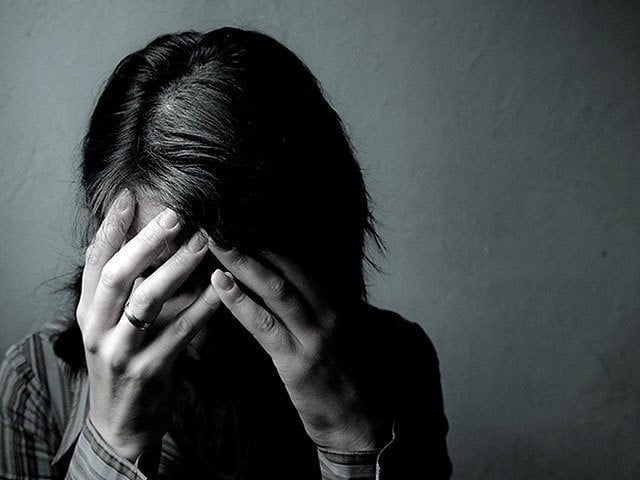
Taking one’s own life is the only outlet that some can envision given the lack of mental health awareness and counseling facilities available in the country, coupled with a stigma attached to seeking help.
While the focus on the disturbed state of the mind has gained traction in recent times, the suicide rate has not seen a decline in Pakistan and often many cases of ending one’s own life are swept under the rug. Chitral, in Khyber-Pakhtunkhwa (K-P), has a persistent suicide problem and is affected by an uptick of cases particularly that of women under the age of 30.
Several causes have been identified for this upsurge of cases in the mountainous terrain out of which domestic violence stands on top. Other reasons as per Dr Khalid Mufti, a senior psychiatrist based in Peshawar, include higher level of competition in the area, a low emotional intelligence quotient (EQ), lower social maturity, and minimum social interaction due to the pandemic.
“The level of depression is higher among people living in the mountains as compared to those living in the plains,” Mufti informed The Express Tribune. Contradicting the belief that living close to nature was better for mental health than being in cities, Mufti states that his team, in their visits to various districts, had found that people living in the mountains were 30 percent more depressed than individuals who lived in plain terrains.
“You will find that areas, like Kalash Valley, which have a higher happiness index have a lower suicide rate,” stated Mufti establishing an inverse relationship between the two factors.
Chairman of the Human Rights Program Chitral, Advocate Niaz A. Niazi, shedding light on the high number of female suicides in the area, stated that the data he had managed to collect showed that between 2015 and 2019 a total of 83 suicide cases were reported out of which 44 were female and 29 were male.
The data, a copy of which is available with The Express Tribune, shows that the highest number of suicides, 33, were reported in 2018. “Majority of the cases were later traced to be the cause of mental illness induced by domestic violence” said Dilshad Pari, a female police officer who has been recently posted in the Shaghoor area of the district. “When we started a crackdown on domestic violence cases and started registering FIRs instances of violence at home dropped but the suicide rate remained unaffected,” Pari told The Express Tribune.
Pari stated that the entire family of the abusers were responsible for domestic violence as often by staying silent they encourage it. “When victims do not have an outlet and think going to police will make matters worse, they just give up and choose to end their life,” she added.
Interesting to note about Shaghoor is that it is amongst the areas of the district with the highest literacy rate as well as the highest suicide rate. Pari, seconding the findings of Mufti’s team about high competition and studying related pressures, stated that since her territory had such a high literacy rate students automatically assumed that scoring bad meant a ruined future. “That is why some suicides happened due to students’ abysmal exam scores,” she informed.
Mufti, who has done extensive research on diseases of the mind, stressed that a higher number of psychiatrists should be posted in government hospitals of the valley to address the mental health concerns of the people. Whereas, Pari was of the view that police needed to do a better job at ensuring that complaints were registered in a timely manner and that they were there to help the people of the district.
Published in The Express Tribune, November 5th, 2021.

1732063440-0/elon-(3)1732063440-0-405x300.webp)

1732062434-0/elon-(2)1732062434-0-165x106.webp)














COMMENTS
Comments are moderated and generally will be posted if they are on-topic and not abusive.
For more information, please see our Comments FAQ